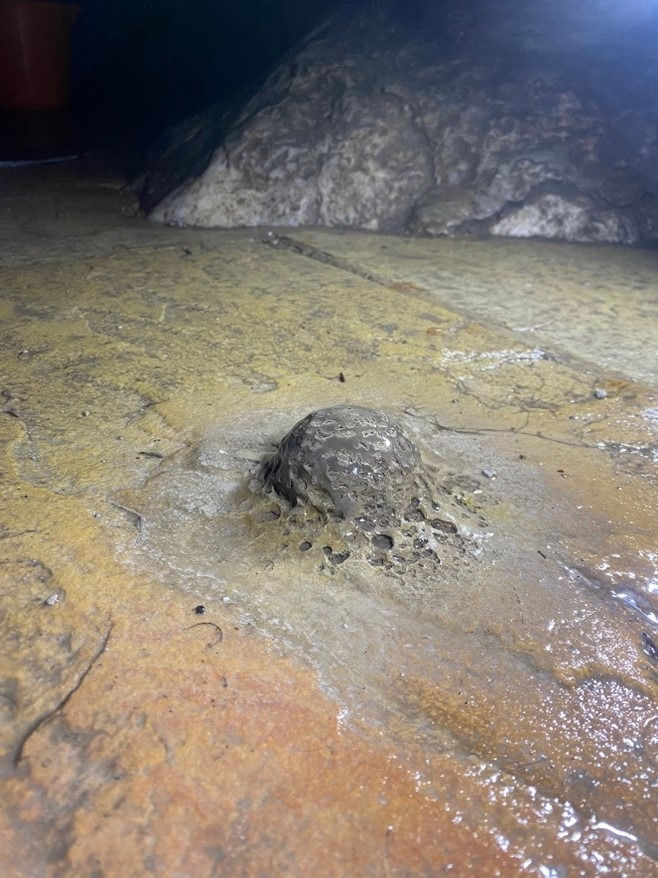Nitrate partitioning: evidence from Poole's Cavern
- Andi Smith

- Mar 6, 2020
- 2 min read
Here Georgina Shaw a BSc Earth and Environmental Science student at Lancaster University tells us about her exciting dissertation project at the British Cave Science Centre.
Having not previously studied cave science before, I was keen to undertake a project on a new topic with some aspect of field and laboratory work involved. Poole’s Cavern provided me with the opportunity to do just that! Hence, I decided to focus my dissertation at Poole’s Cavern and investigated the trace elements and partition coefficients in cave drip waters.
The science behind my work was aimed at understanding how speleothem’s growing in Poole’s Cavern record surface environmental processes and can therefore be used to reconstruct past climate. I focused on establishing how nitrate in drip water is taken up into hyperalkaline speleothems, like those in Poole’s Cavern. To do this I had to understand the partitioning of trace elements between drip water and the stalagmite crystal structure. In Poole’s Cavern, the chemical records from the hyper-alkaline speleothems are largely unknown; hence the aim of this project was to determine the partition coefficients of trace elements between drip waters and speleothems. This will finally allow us to determine the conditions at which the stalagmite was formed.

Calcite growing in Pooles ready to be collected and analysed for trace elements at Lancaster University
Working in the cave was very enjoyable; I collected data and samples of drip waters, whilst also leaving equipment in place to grow calcite on top of the speleothems over a month’s duration. With an extensive knowledge of the cave, Andi Smith was very helpful in determining locations to set up equipment to collect samples. The staff were also very friendly and the public took a keen interest in what I was investigating too.

Hyperalkaline speleothems grow really fast so lots of calcite can be collected for analysis in only a few weeks!
The data and samples collected from Poole’s Cavern were an integral part of my dissertation and lead to a new discovery of quantifying the partition coefficient for nitrogen in hyper-alkaline caves! This research built upon previous work and it is exciting to have produced results which can be used as a basis for future investigations. I would highly encourage other students to undertake projects at Poole’s Cavern as it is such a unique cave to be able to have access to and conduct research in!



Comments